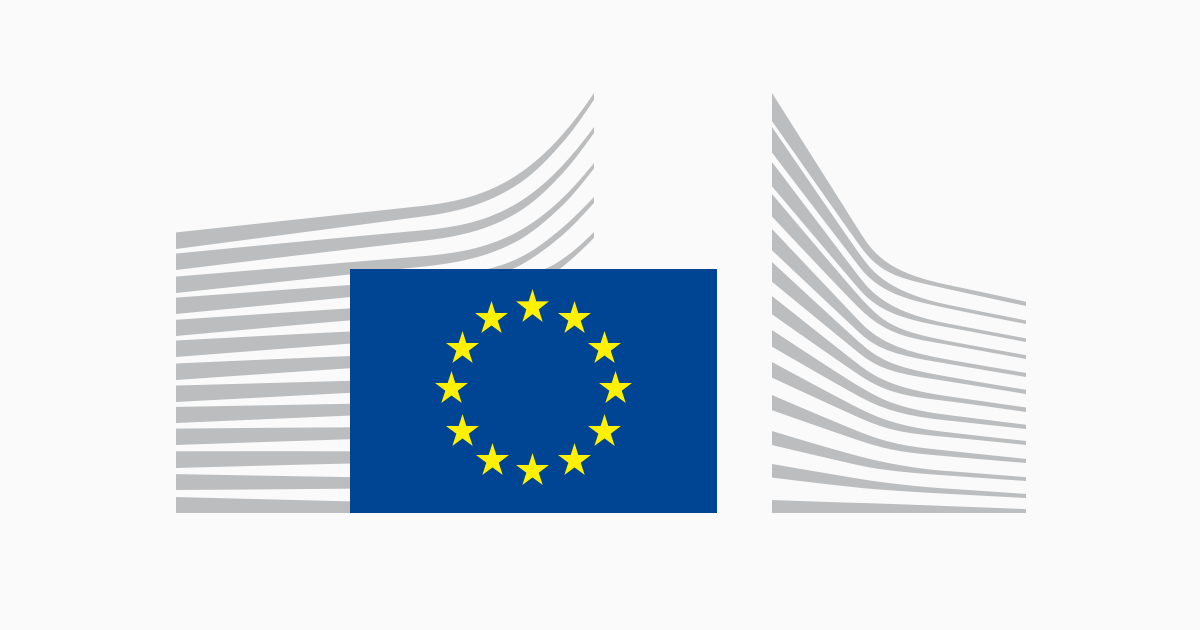The EU is a strong global performer in the transition towards fair and prosperous sustainability, with Denmark and Ireland leading the way, according to the second edition of the Transitions Performance Index (TPI) published by the Commission’s Directorate General for Research and Innovation today.
The Transitions Performance Index ranks EU Member States and 45 other countries, representing 76% of the world population, on their performance between 2011 and 2020. The report shows overall performance as well in four specific transitions – economic, social, environmental and governance – mirroring the EU policy agenda and the United Nations Sustainable Development Goals.
The index confirms that almost all EU countries have progressed well over the last decade in their transitions performance, with an average rate of 4.9%, compared to the global average rate of 4.3%.
Mariya Gabriel, Commissioner for Innovation, Research, Culture, Education and Youth, said:
Existing and emerging challenges require us to build a more resilient, sustainable, and inclusive society. The TPI can support the discussion, help us to reflect and change perceptions to steer our path towards that aim. We must ensure our youth can look forward to a healthy, safe and innovative future.
All EU countries, except Hungary, have improved their performance since 2011, particularly Croatia, with an exceptional increase (13.5%), as well as Greece and Estonia (progress above 10%). The two countries topping the EU ranking, Denmark and Ireland, are also global transition leaders. Overall, 19 EU countries perform above the EU27 average (4.9%). Increased efforts of several EU countries for example Malta and Czechia have enabled them to start outpacing strong performers.
Research and innovation (R&I) are vital to lead the social and economic transformation towards sustainability. By increasing the efficiency and adaptability of economic and social systems, R&I contributes to progress in the transitions measured by the TPI. The report illustrates that some countries could develop and take further advantage of their innovation capacity to improve their transitions performance.
Countries listed among the TPI transition leaders are also among the lead performers in social and governance transitions. Moreover, the findings show that continuous investment in education pays off, with the top economic performers scoring the highest in expenditure per student.
Even among top achievers, there remains significant scope for improvement, as no country leads across all four dimensions. In particular, there is a need to improve both environmental and economic transition performance across the EU.
The report also provides important linkages with other “beyond GDP” measures which show strong correlations with other multidimensional approaches. In addition, it analyses possible links between transition performances and innovation, digitalisation, gender equality and poverty. It opens avenues for further research on the determinants of performance and progress towards fair and sustainable prosperity, going beyond the conventional measurement of GDP.
The report includes 72 country-specific descriptions of progress made over a period of ten years, along with an interactive website, allowing for country comparison. An independent statistical audit performed by the Joint Research Centre validated the statistical methodology and the robustness of results.
Background
Scoreboards have proven to be an important tool for monitoring the impacts of national policies and informing citizens about them. The TPI has been constructed around four ongoing transitions: economic, social, environmental and governance. It reflects the path taken by various countries over the past decade, towards inclusive and prosperous sustainability.
The TPI provides a global ranking covering 76% of the world population and uses existing datasets spanning the past decade. With 28 international comparable indicators, it complements more comprehensive monitoring reports, for instance the annual Eurostat Sustainable Development Goals monitoring report, and illustrates the contributions of each transition to the overall performance of a country, indicating strengths and weaknesses, room for progress, and possible trade-offs.
In this new edition, the index has evolved to better mirror the twin green and digital transitions, taking into account the lessons learned in the context of the pandemic. It includes two data sources capturing the increasing role of digitalisation in the economy. Following extensive stakeholder feedback, an indicator to track a country’s material footprint has also been included.
More information
Transitions Performance Index website
Interactive report




